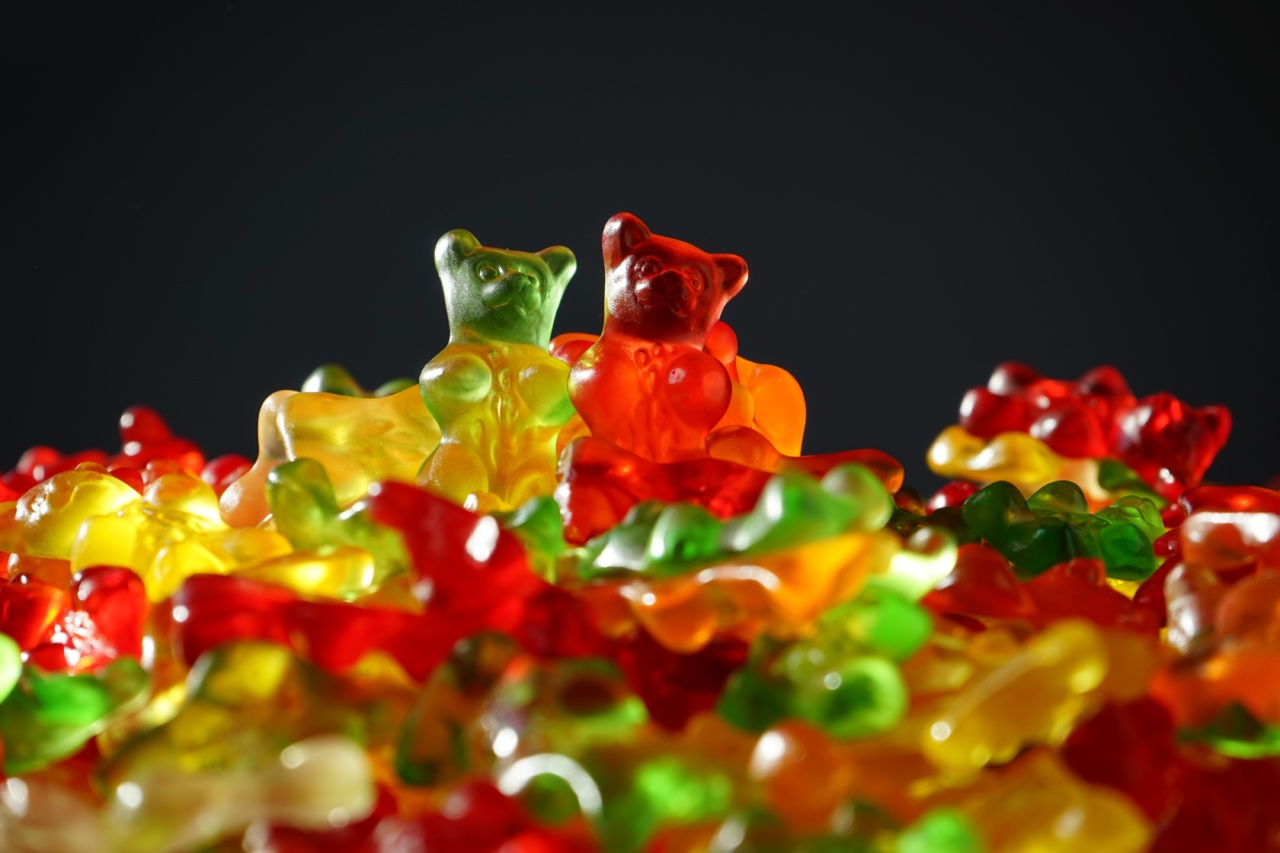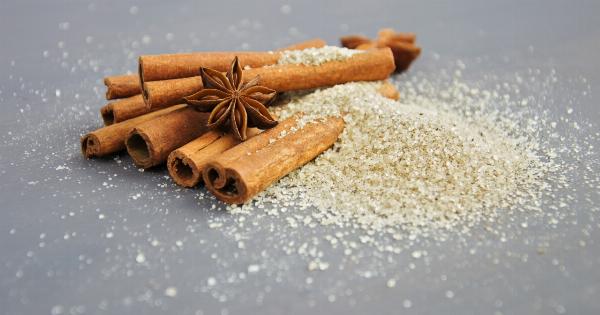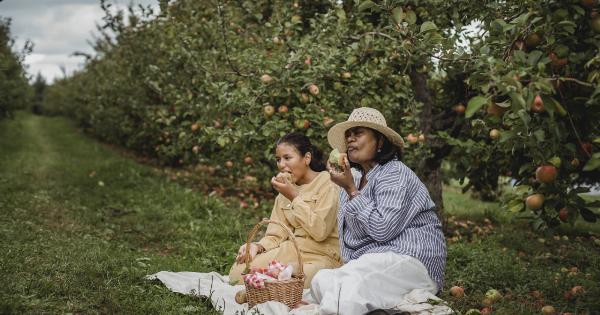Have you ever wondered why we crave things that are sweet? Why does a piece of chocolate or a candy bar seem so irresistible? The answer is quite simple: sweetness is essential to life.
Not only does it provide us with energy, but it also enhances our mood and makes us feel happy.
The Science Behind Sweetness
When we consume something sweet, it activates the reward centers in our brain, specifically the hypothalamus. This produces dopamine, a neurotransmitter that is associated with pleasure and happiness.
This is why we feel so good when we eat something sweet.
But sweetness does more than just make us feel good. Carbohydrates, the primary component of most sweet foods, are a major source of energy for the body.
When we eat carbohydrates, they are broken down into glucose, which is used as fuel for the brain and muscles. This is why certain sweet foods, like fruit, are so important in our diet.
The Importance of Sweetness in Your Character’s Life
Understanding the role of sweetness in our lives can be helpful when developing a character in a story. How a character interacts with sweet foods can reveal their personality and preferences.
For example, a character who constantly craves sweets may be seeking pleasure or comfort in their life. On the other hand, a character who avoids sweets may be disciplined and focused on their health.
A character who only eats natural, whole-food sweeteners may value purity and simplicity.
By incorporating the character’s relationship with sweet foods in the story, you can paint a more complete picture of who they are.
Creating Sweet Characters
When creating a character who has a strong relationship with sweet foods, start by exploring their personality and backstory.
Are they seeking pleasure and happiness in life? Do they have a sweet tooth they can’t control? Were they deprived of sweets as a child and now overindulge as an adult?.
Once you have a good understanding of their relationship with sweetness, you can use their food preferences to reveal more about their personality.
For example, if they always reach for sugary snacks, they may be easily distracted and seeking quick gratification. If they prefer to bake their own desserts, they may be creative and enjoy the process of creating something from scratch.
It is important to remember that a character’s relationship with sweetness can change throughout the story.
Maybe they start off as someone who overindulges in sweets, but as they learn to control their impulses, they turn to healthier alternatives.
Examples from Popular Culture
Many popular characters in film and literature have a strong relationship with sweet foods.
Harry Potter is known for his love of treacle tart, a British dessert made with golden syrup. This reflects his sweet and comforting personality, and his love of all things British.
Willy Wonka from Charlie and the Chocolate Factory is obsessed with creating the perfect sweets, reflecting his creative and eccentric personality.
The character Leslie Knope from Parks and Recreation is known for her love of waffles and whipped cream. This reflects her positive and optimistic personality, and her love of indulging in small pleasures.
Conclusion
Sweetness is an essential part of life, providing us with energy and happiness. Understanding your character’s relationship with sweet foods can reveal important details about their personality and motivations.
By incorporating their food preferences in your story, you can create a more complex and interesting character that readers will love.































